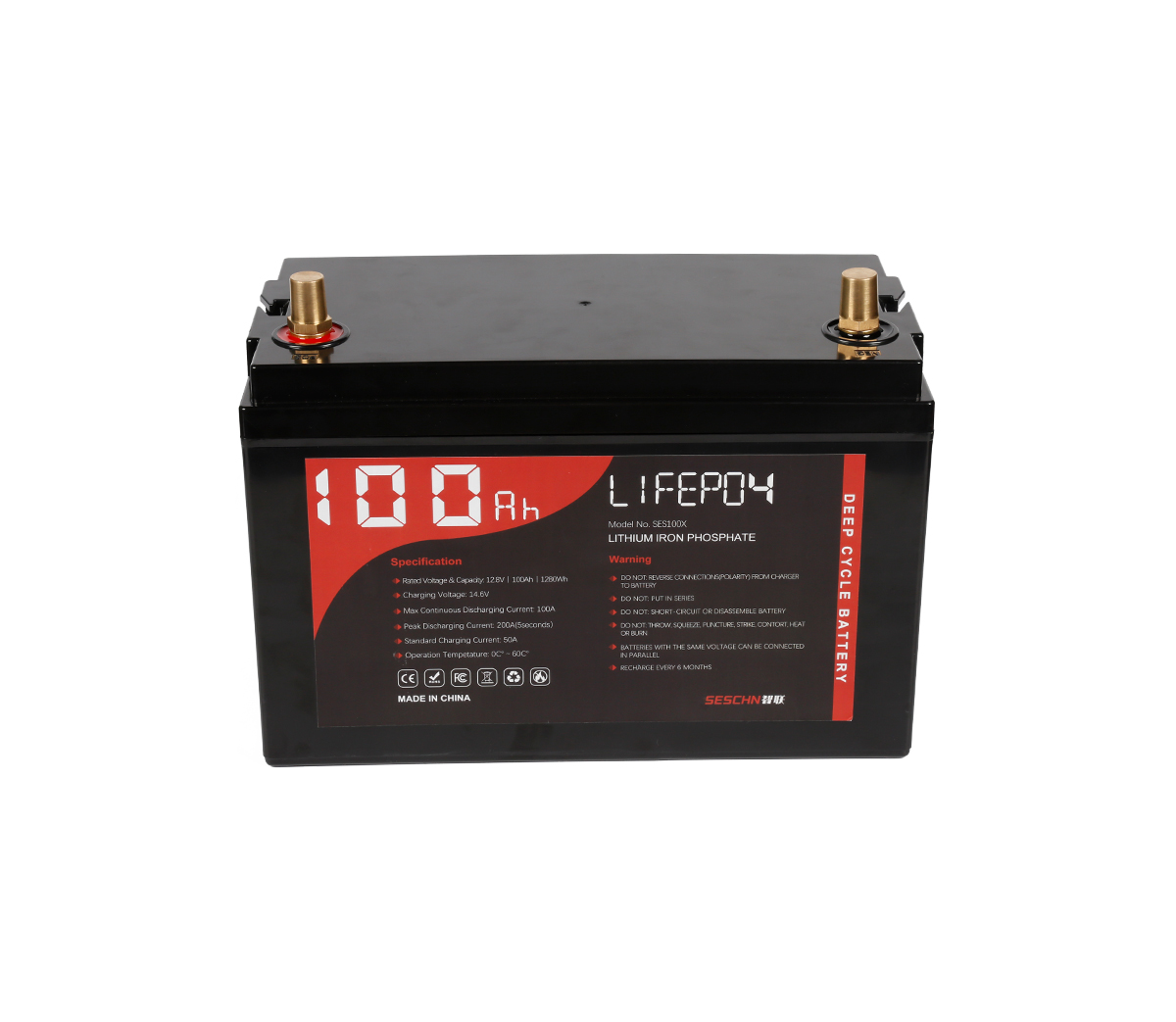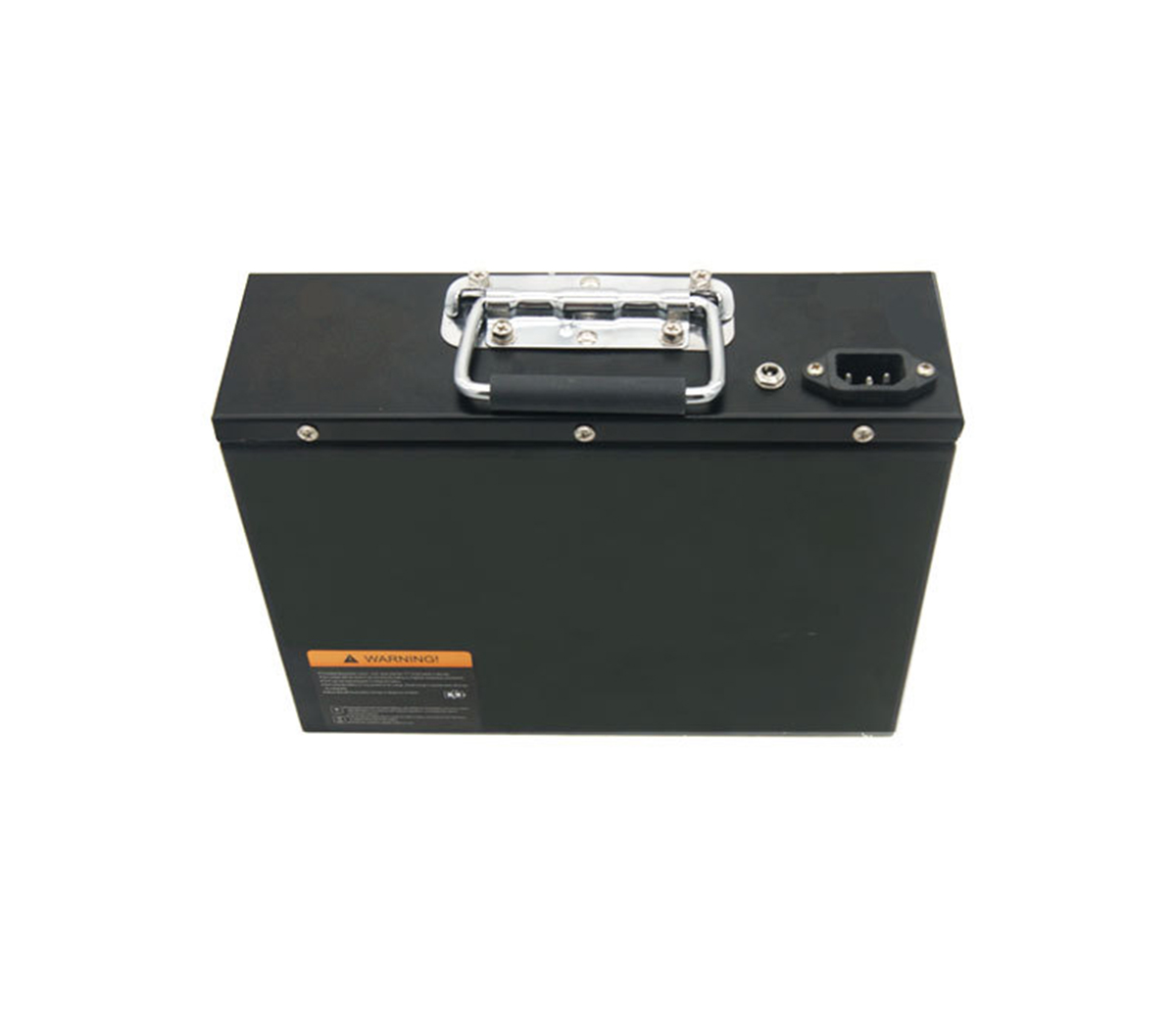
As smart phones are getting faster and faster, when safety is guaranteed,
are you more willing to give up the shorter battery life and enjoy the
convenient technology of fast charging?
"I feel safe!" When the girl next to me yelled this sentence, I thought she
was talking about a warm man, but it was actually the mobile phone she had just
bought—a mobile phone that was charged for 5 minutes and talked for n hours.
Most people will feel restless and restless when the battery icon in the
upper right corner turns red when the battery level of the mobile phone is less
than 10%. The practicality of fast charging also makes more and more people
willing to choose a mobile phone with fast charging function.
The mainstream fast charging technologies currently used in mobile phones
include Qualcomm QuickCharge2.0 (the latest QuickCharge3.0), MediaTek
PumpExpress and OPPOVOOC flash charging. Among them, Qualcomm and MediaTek use
high voltage charging, while VOOC flash charging uses high current charging.
The latest Meizu PRO6 is also equipped with fast charging technology. There
is a sentence in its poster, "Why do they never talk about battery life when
talking about fast charging?"
Will fast charging affect battery life?
Quickly understand lithium-ion batteries
First of all, we must understand the charging and discharging principle of
lithium-ion batteries. The battery has two poles: the positive electrode is a
lithium compound, and the negative electrode is graphite.
Charging and discharging are the mutual conversion of electrical energy and
chemical energy. During the movement of positive and negative electrodes,
lithium ions also become different compounds. We can think of lithium ions as a
car with a charge: when charging, the electric field makes the car drive to the
negative electrode to store a certain amount of energy (lithium ions are
inserted into the micropores of the graphite carbon layer of the negative
electrode); when discharging, These charged lithium-ion trolleys ran to the
positive electrode due to a chemical reaction (the deintercalation of lithium
ions makes the positive electrode in a lithium-rich state). In this process, a
current supply is formed.
Lithium battery fast charging principle
In an ideal state, as long as the chemical structure of the positive and
negative materials basically does not change, the reversibility of the battery
charge and discharge is very good, and the lithium-ion battery can guarantee a
long-term cycle.
Fast charging is mainly to ensure that lithium ions are quickly inserted
from the positive electrode and quickly inserted into the negative electrode,
without causing the deposition of lithium ions.
However, when the current increases, the semi-permeable membrane (SEI
membrane) on the surface of the negative electrode (graphite) of the electrode
will rupture to a certain extent, causing the electrode material and the
electrolyte to react with each other. In addition, the increase in temperature
will also cause secondary effects inside the battery. The reaction destroys the
chemical substances on the battery, resulting in a decrease in reversibility
(that is, the lithium-ion car cannot be driven back and forth), and the battery
capacity will continue to decrease.
is what we often feel, it is clearly fully charged, why the battery is
becoming more and more unsustainable.
Take the lithium battery of DJI UAV as an example. A 4480mAh68Wh lithium
battery with a voltage of 15.2V takes only 1.5h to fully charge (compared to
iPhone6splus with a battery capacity of 2750mAh and a voltage of 3.8V), but the
lithium battery of DJI UAV The battery life is only 200 cycles. The decline in
battery life is obvious.
According to the latest report from DIGITIMES, Apple is also working on
upgrading battery charging technology recently, preparing to use 15V to 20V
charging equipment to improve battery efficiency and promote new IC technology.
However, the equipment provider of PWMIC also stated that this requires a great
risk.
The three fast charging solutions will all have battery temperature
monitoring solutions. When increasing the voltage, it is inevitable that the
temperature will rise. If you are playing large games while using Qualcomm’s QC
fast charging technology, at this time, due to the chip control, the external
voltage is limited to ensure that your phone will not heat up severely, but the
charging efficiency will decrease.
For VOOC flash charging, the charging current is controlled in segments,
and the charging cable and battery are set in multiple lines. To put it simply,
one battery was charged before, and now it is divided into several batteries and
charged separately.
In terms of safety, because fast charging has a "handshake protocol", the
output voltage and current will be coordinated before charging.
Lithium battery charging is divided into three parts: constant current
pre-charge (CCPre-charge), high current constant current charge (CCFastCharge)
and constant voltage charge (CV).
The voltage drops after the mobile phone's power is exhausted. When it is
lower than a certain value, the charger will use a relatively low current to
pre-charge the lithium battery. After a period of time, when the voltage of the
lithium battery is higher than the predetermined value, it enters the second
stage of high-current constant-current charging. At this time, appropriately
increasing the current can speed up the charging speed.
If you are using a non-fast charging mobile phone, the fast charging
charging head will not output high voltage and burn your mobile phone. Just like
when you use the iPad charging head to charge the iPhone, the iPad will
automatically recognize it and input 1A instead of the original 2A.
From the perspective of numerous protection measures, the charging voltage
and current of fast charging are in a safe state. As long as the original mobile
phone charging adapter is used, there will be no safety hazards.
summary
Will fast charging affect battery life?
The answer is yes.
Even though the batteries equipped on some fast-charging mobile phones have
improved cell materials and design, they can realize the rapid insertion and
insertion of lithium ions in the battery, but the large voltage and current
still cause the battery to lose.
But if you are used to changing your phone in one or two years, or are
willing to change to a new battery, the impact will be minimal for you.
At present, most of the companies that provide fast charging solutions have
not given the impact on battery life from the perspective of batteries, but
under the national standard, the battery capacity of more than 80% after the
battery is charged and discharged 500 times is qualified, and within one year It
has little effect on use.
If you want to use your phone for 2-4 years without replacing the battery,
the following suggestions may help you:
Reduce the number of fast charging and use it only when needed; fast
charging when the battery is only about 30% instead of 3%; when using fast
charging, it is best not to run large memory games.
As smart phones are getting faster and faster, when safety is guaranteed,
are you more willing to give up the shorter battery life and enjoy the
convenient technology of fast charging?



































